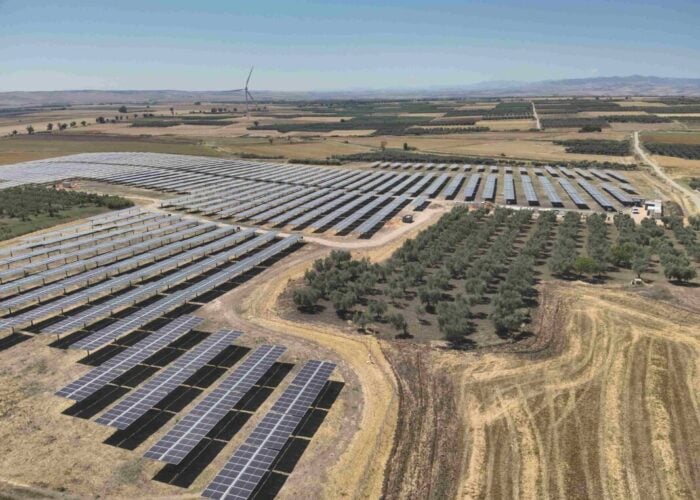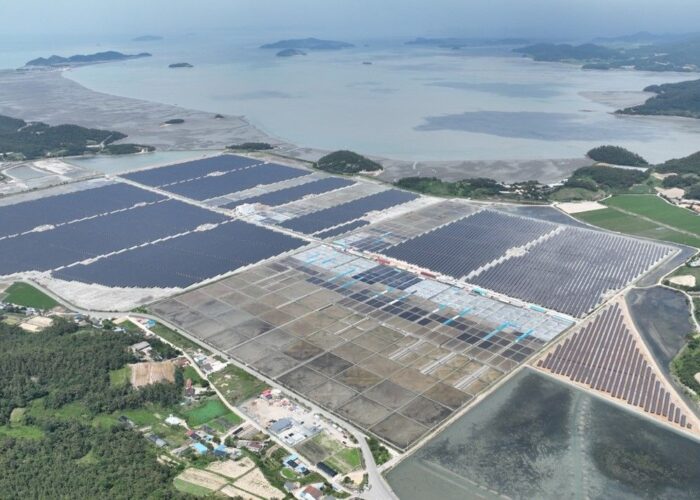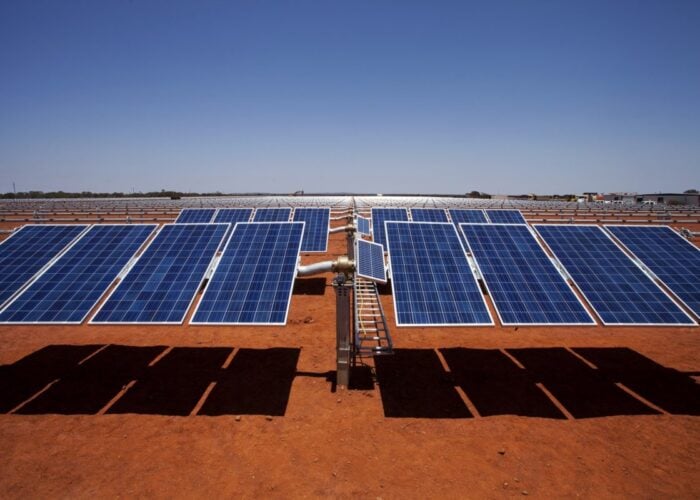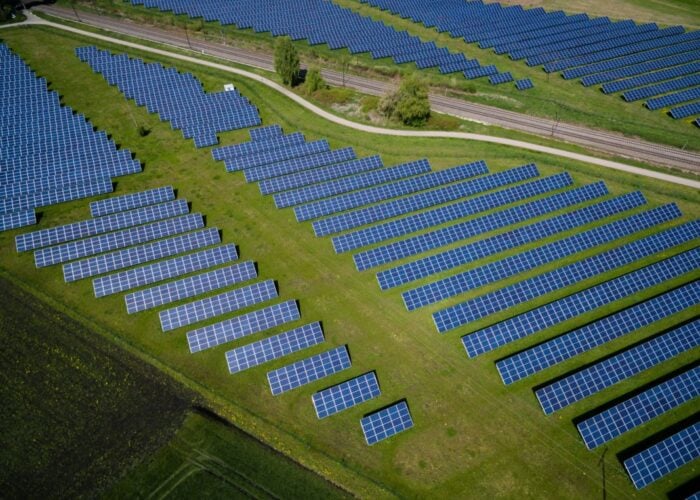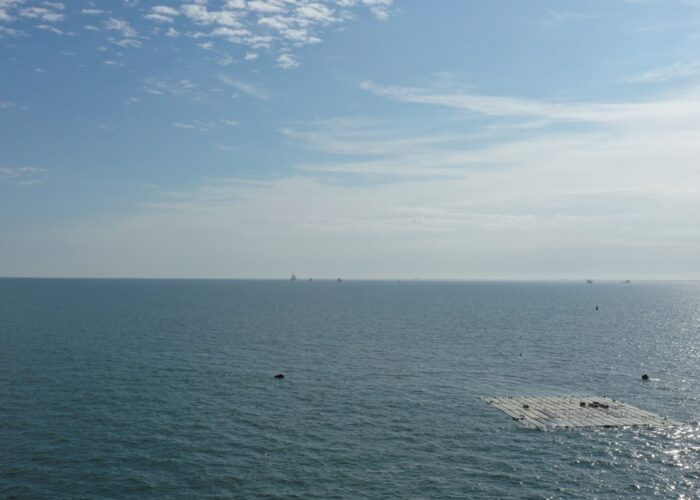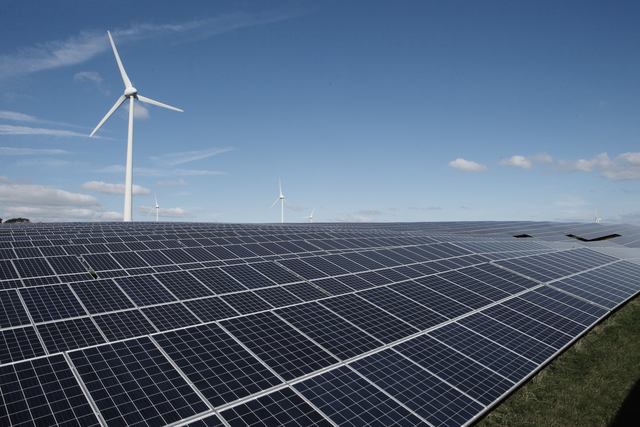
Vattenfall has increased its emissions reduction targets to be in line with the 1.5 degrees Celsius scenario set out in the Paris Climate Agreement, in a move that has been approved by the Science Based Targets initiative (SBTi) and which involves increasing its renewable capacity four-fold.
In October 2019, the Swedish state-owned multinational utility aimed to comply with the 2-degree scenario, which was also approved by SBTi at the time, but achieved this “ten years ahead of schedule”, according to newly appointed CEO and president Anna Borg.
Unlock unlimited access for 12 whole months of distinctive global analysis
Photovoltaics International is now included.
- Regular insight and analysis of the industry’s biggest developments
- In-depth interviews with the industry’s leading figures
- Unlimited digital access to the PV Tech Power journal catalogue
- Unlimited digital access to the Photovoltaics International journal catalogue
- Access to more than 1,000 technical papers
- Discounts on Solar Media’s portfolio of events, in-person and virtual
“Already in 2020, we achieved our 2 degrees SBTi target of reducing absolute CO2 emissions by nearly 40% from 2017,” said Borg. “Now we will continue our accelerated path. This means we will reduce our emissions intensity by over 77% from 2017 to 2030.”
In order to do this, Vattenfall will phase out coal from all its operations by switching the last two coal-fired heat assets, Moabit and Reuter West in Berlin, to a combination of biomass, heat pumps, power-to-heat and natural gas. It will also quadruple its capacity of solar and wind power, help its partners to electrify their industrial production and increase its electric charging posts in operation 25 times.
Vattenfall has also increased its emission reduction targets for 2030 and beyond, now aiming to reach net zero throughout its entire value chain by 2040 through both elimination and offsetting mechanisms.
“It is important that we use our expertise and position in the market to help our customers and suppliers to decarbonise, which is why we also have set a 50% emission reduction target for our suppliers of goods and services,” added Borg.

